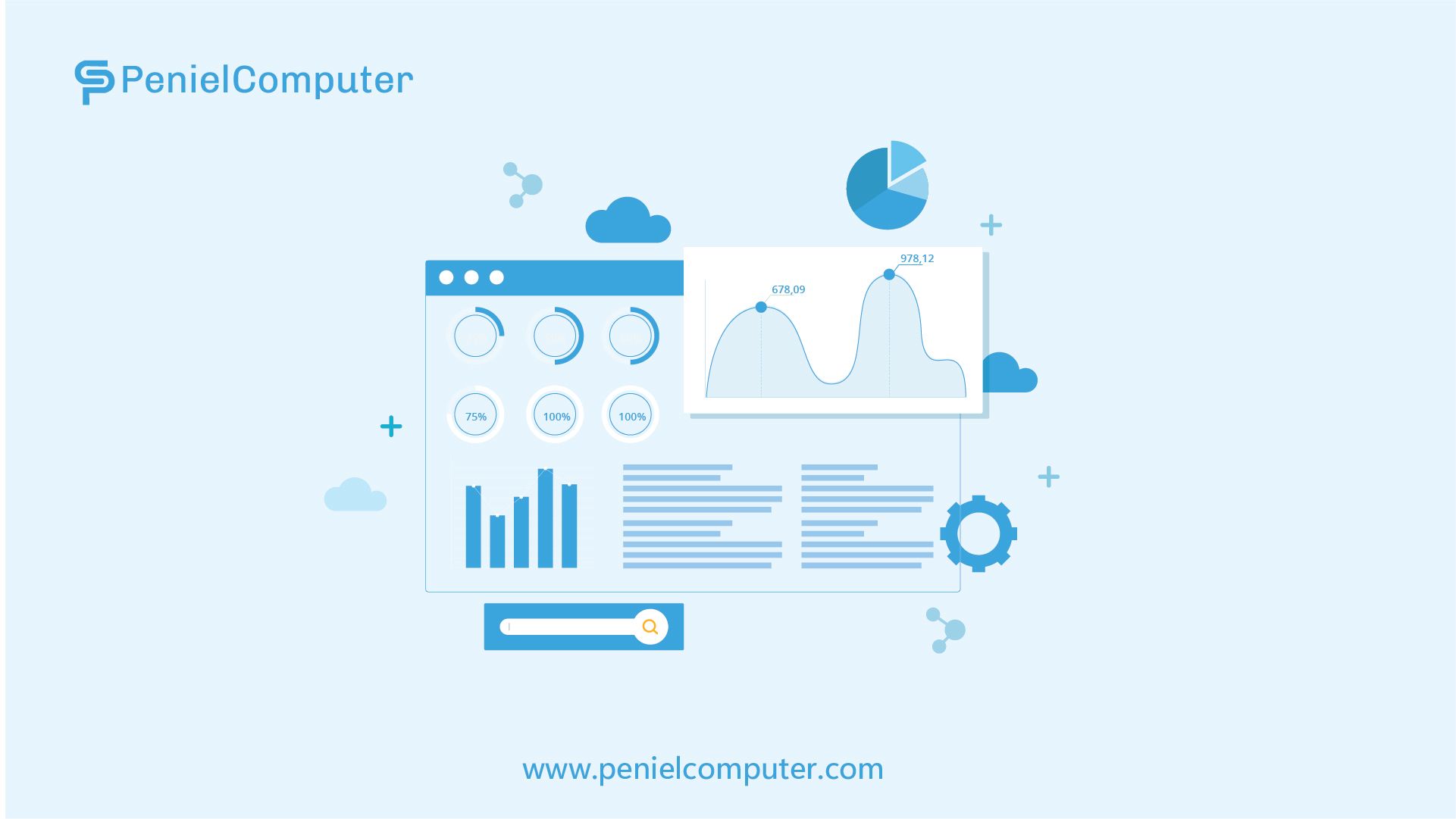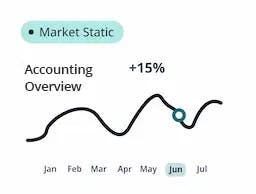
Admin
2024-01-16

When implementing or updating an enterprise resource planning (ERP) system, including migrating it to the cloud, IT leaders should be cautious of several potential pitfalls. The global ERP software market is expected to grow by approximately 7% this year, with midsize organizations, especially those transitioning to SaaS-based ERP, driving new spending. To avoid common mistakes made during ERP projects, whether it&pos;s the first implementation, an upgrade, a vendor switch, or a cloud migration, consider the following key issues:
Contact us?
Putting Business in the Driver's Seat:
It's a mistake for IT to lead an ERP project. While IT executives might have valid reasons for pushing an upgrade or transitioning to SaaS (like end-of-support for the current version or cost-saving motives), an ERP initiative should always be spearheaded by business leaders. The primary objective of an ERP project should be to foster innovation that generates new revenue opportunities. Involving business leaders early in the process helps identify pain points, prioritize process improvements, and create ambitious wish lists. While IT leaders may not fulfill all the wishes, they can certainly address many with ERP technology.
Insufficient Time in the Planning Stage:
Shifting inefficient and complex business processes to a new platform, whether on-premises or in the cloud, is a substantial mistake. ERP projects are about change, optimization, automation, and streamlining of business processes. To make the most of this opportunity, organizations should assess their end-to-end business architecture and re-engineer processes to create seamless integration from customer interactions to back-office operations. Implementing a new ERP system might necessitate adjustments to related processes, and organizations should address these issues in advance. Failing to do so can lead to complaints from business users about differences in appearance, confusing data presentation, and reduced productivity after the ERP project is completed.
Spending Excessive Time in the Planning Phase:
Forrester analyst Liz Herbert advises organizations to adopt a "fast, not perfect" approach when contemplating an ERP project. She has observed that some companies create exhaustive lists of required features and functions, dedicating excessive time to find a solution that meets all these criteria.
While thorough planning is crucial, it's equally important to acknowledge the rapidly changing business landscape. Excessive focus on planning can stifle progress. If the planning phase drags on, the company risks missing out on the numerous opportunities and advantages an ERP upgrade can provide, while competitors gain a competitive edge.
Not Adopting a Best-of-Breed Approach:
When issuing RFPs for a new ERP system, it's common for vendors to claim they can provide modules for nearly every imaginable function, even those you might not have considered. This can lead to the temptation to replace existing point products that are already performing well. For instance, if the ERP vendor asserts it can handle CRM functions, there may be an urge to discard the current CRM software to consolidate onto a single platform and save costs.
Overhyping Results from Data Analytics:
An ERP upgrade offers the valuable capability to analyze data using machine learning and AI systems to uncover transformative business insights. However, AI has been prone to overpromising for years, and organizations should maintain a realistic understanding of its capabilities.
Larner from ABI advises that machine learning systems excel at managing incremental changes in the operational environment but may be less effective in the face of monumental shifts, such as the supply chain disruptions seen at the start of the pandemic. In certain industries, Larner recommends exploring digital twin technology, which allows organizations to conduct what-if scenarios and simulations to devise alternative strategies in the event of significant business disruptions.
Failing to Identify Areas Requiring Customization:
The prevailing ERP trend favors standardization over customization, as emphasized by Crigger from Preferred Strategies. Even if an organization achieves an 80% standardization rate, there's still a remaining 20% of business processes that may necessitate customization. At this juncture, companies face crucial decisions: should they undergo the complexities of customization or consider altering the process itself? It's imperative to recognize and address these decision points. Martindale terms this the "fit gap" issue, where disparities exist between what the vendor promises and the organization's actual needs. Understanding these gaps empowers companies to make informed procurement decisions, avoiding future disappointments. If feasible, the initial choice should be process modification rather than customization.
Inadequate Project Budgeting:
Similar to other IT endeavors, an ERP project is likely to exceed its initial budget. Therefore, organizations must ensure that business leaders allocate sufficient funds for the upgrade, understanding that IT may require additional resources down the line. For instance, cloud migration costs are frequently underestimated, often excluding increased connectivity expenses and unexpected data transfer costs between the cloud and the data center. Moreover, major ERP upgrades entail training and staffing considerations. Many companies realize they lack in-house expertise for such projects and turn to third-party IT services providers to assist in planning and implementing the new system.
Underestimating the Importance of Accurate Data:
The adage "garbage in, garbage out" holds true. Ensuring the new ERP system is configured with precise and clean data is essential to minimize the risk of errors and ensure the proper implementation of procedures and parameters. While ERP systems have the potential to significantly enhance business operations, they can only function optimally with accurate data. Setting up the system correctly from the outset minimizes future issues. It's advisable to comprehensively review all data sources, which may reveal information gaps in existing data.
Inadequate Training and Change Management:
As previously emphasized, implementing an ERP solution, like any significant change, can be disruptive and come with its share of challenges. One of the most prevalent reasons for ERP project failures is having an unprepared staff and providing insufficient training on the new ERP system. This oversight can lead to employee dissatisfaction with the new system due to a lack of understanding of its purpose and how to use it. It's crucial to ensure that staff has the opportunity to become familiar with the new system before its launch. Effective communication with staff and the provision of comprehensive training are essential for significantly improving the implementation process.
Lack of a Maintenance Strategy:
Similar to any tool, ERP systems require proper maintenance to function optimally. Implementing a schedule for preventative maintenance is essential to fully leverage the ERP system's capabilities and minimize the risk of future issues that could result in substantial time and productivity losses for organizations. Neglecting preventative maintenance not only hinders the realization of the full ERP system investment but also renders the systems and associated business processes technically obsolete, as explained by Marco Valencia. Keeping the system kernel up-to-date, applying necessary legal changes, and adopting improvements in installation technology help customers implement support packs with minimal disruption.
Latest News
From Our blog and Event fanpage




